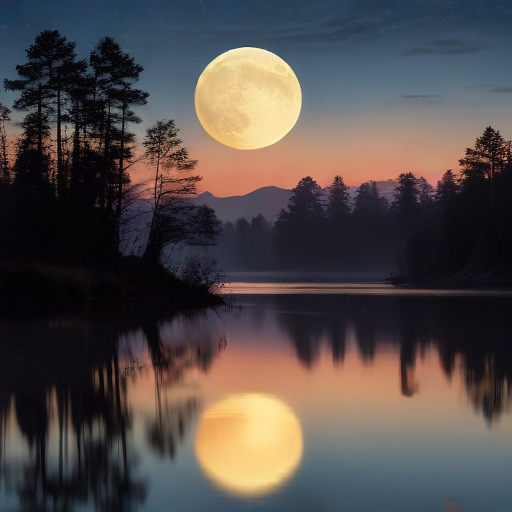The last “supermoon” of 2024, known as the Beaver Moon, will achieve full illumination on Friday, November 15. However, the best viewing opportunity for those in North America will be during its rise in the eastern sky on November 16.
Traditionally, the November full moon is referred to as the Beaver Moon, named after the beavers that are commonly seen constructing their winter dams in the northeastern United States this time of year. Other names for this full moon include the Frost Moon and the Snow Moon, reflecting the transition into winter and the accompanying colder temperatures. In Native American culture, the Anishinaabeg people refer to the August moon as “Baashkaakodin Giizis,” or the “Freezing Moon.”
This Beaver Moon marks the final supermoon of the year, following others such as the Sturgeon Moon in August, the Harvest Moon in September, and the Hunter’s Moon in October. The phenomenon of a supermoon occurs when a full moon aligns with its closest point to Earth, termed perigee. Specifically, a supermoon appears when the full moon is within 90% of perigee.
While the moon will officially reach full status on November 15 at 4:28 p.m. EST (21:28 UTC), it is often best appreciated shortly after sunset, as it rises in the east. Due to the timing in North America, the optimal moment to see the supermoon will be on November 16, approximately 20 to 30 minutes after sunset.
On the night of November 15, viewers can also spot the sparkling Pleiades star cluster, known as the “Seven Sisters,” positioned to the moon’s lower left. For those interested in observing the moon’s intricate details, using binoculars or telescopes during moonrise can enhance the experience, although the moon’s brightness may make direct viewing challenging at that time.
After the Beaver Moon, the final full moon of 2024, labeled the “Cold Moon,” will take place on December 15.
This cosmic event serves as a delightful reminder of the beauty of the natural world and provides an excellent opportunity for stargazers and families to come together to appreciate the night sky. It’s a moment to take a break from the daily grind and reconnect with nature, making it an exciting occasion for lunar enthusiasts and novices alike.
